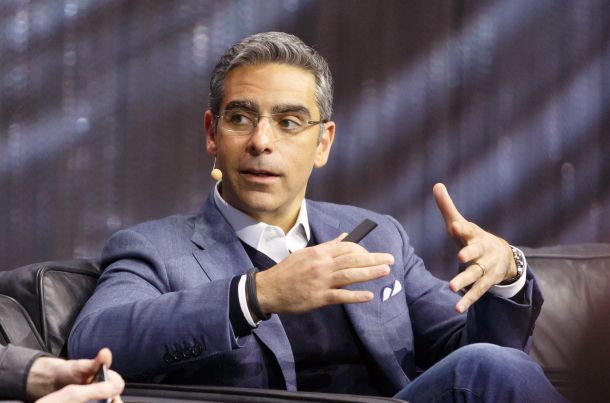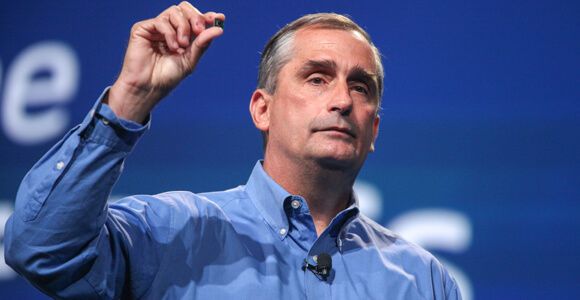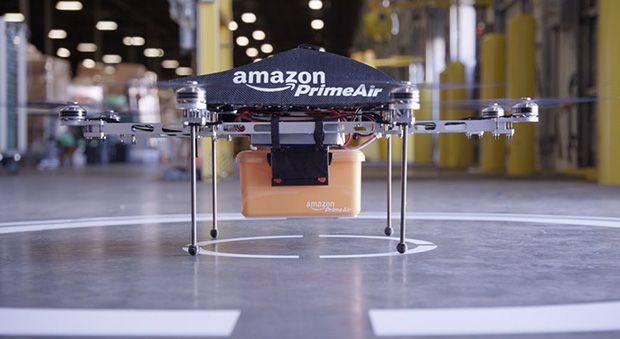Jan 28, 2014
What Is DeepMind? The Artificial Intelligence Firm Bought By Google
Posted by Seb in categories: business, computing, robotics/AI
By
Google (NASDAQ:GOOG) confirmed that it purchased DeepMind on Monday. The Mountain View, Calif.-based company reportedly paid upwards of $500 million for the artificial intelligence (AI) firm.
So what is Google getting for its half a billion? A company that’s very good at making computers that think and act as humans do. DeepMind has not yet developed any commercial products. Its main asset appears to be its personnel, including dozens of experts in machine learning, a branch of AI that attempts to teach computers to think like humans. It’s best-known project was a computer system it taught to master Atari video games.















